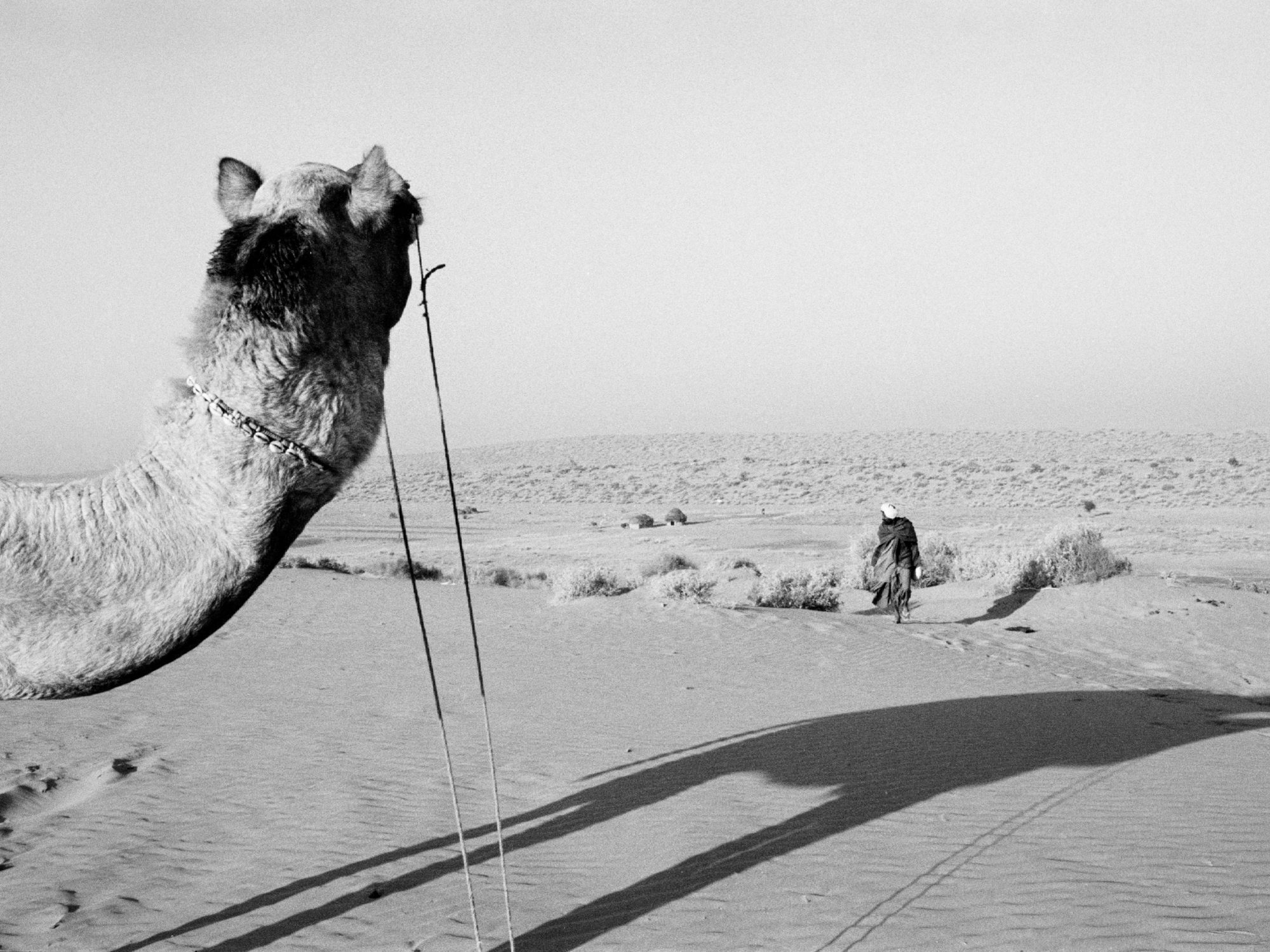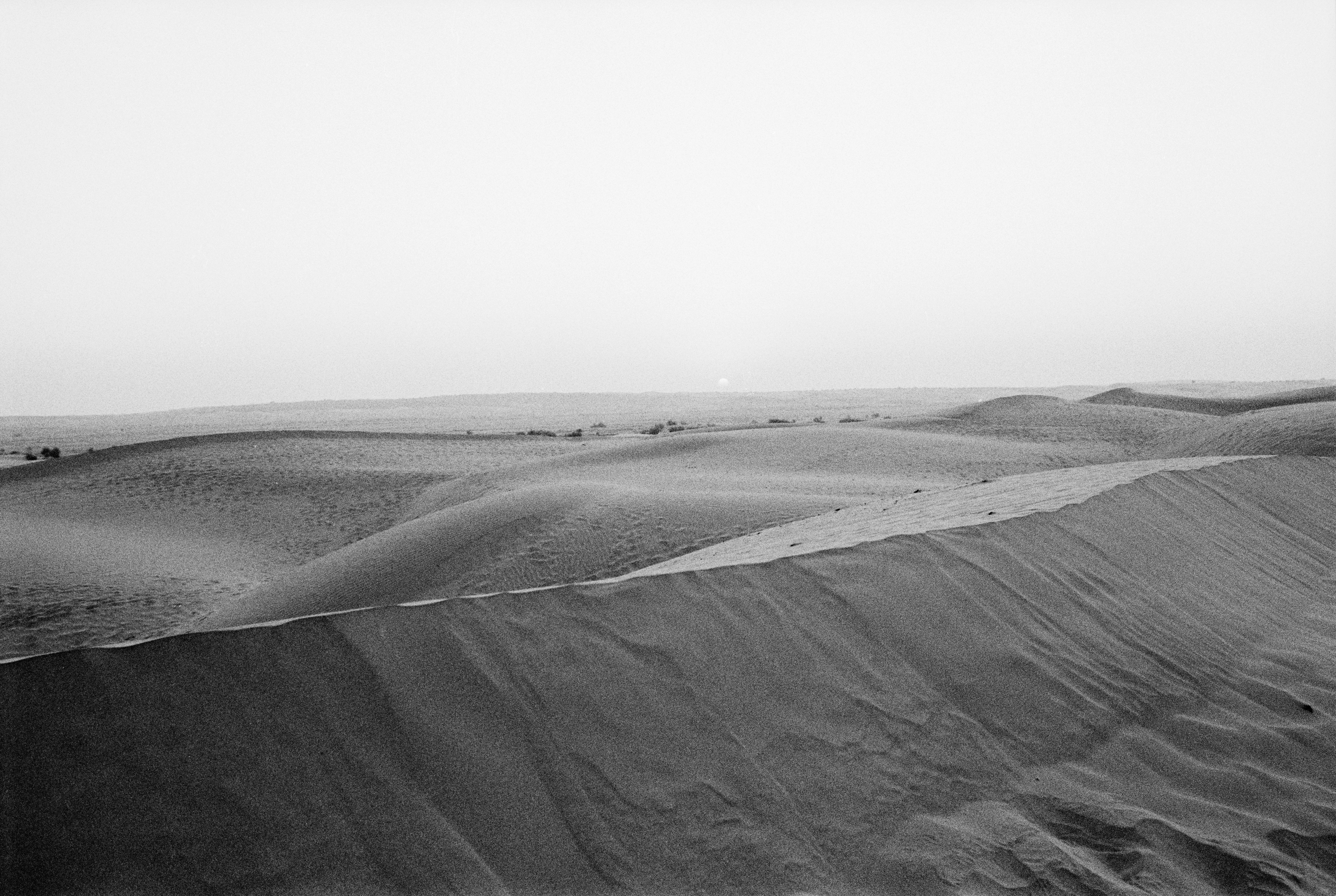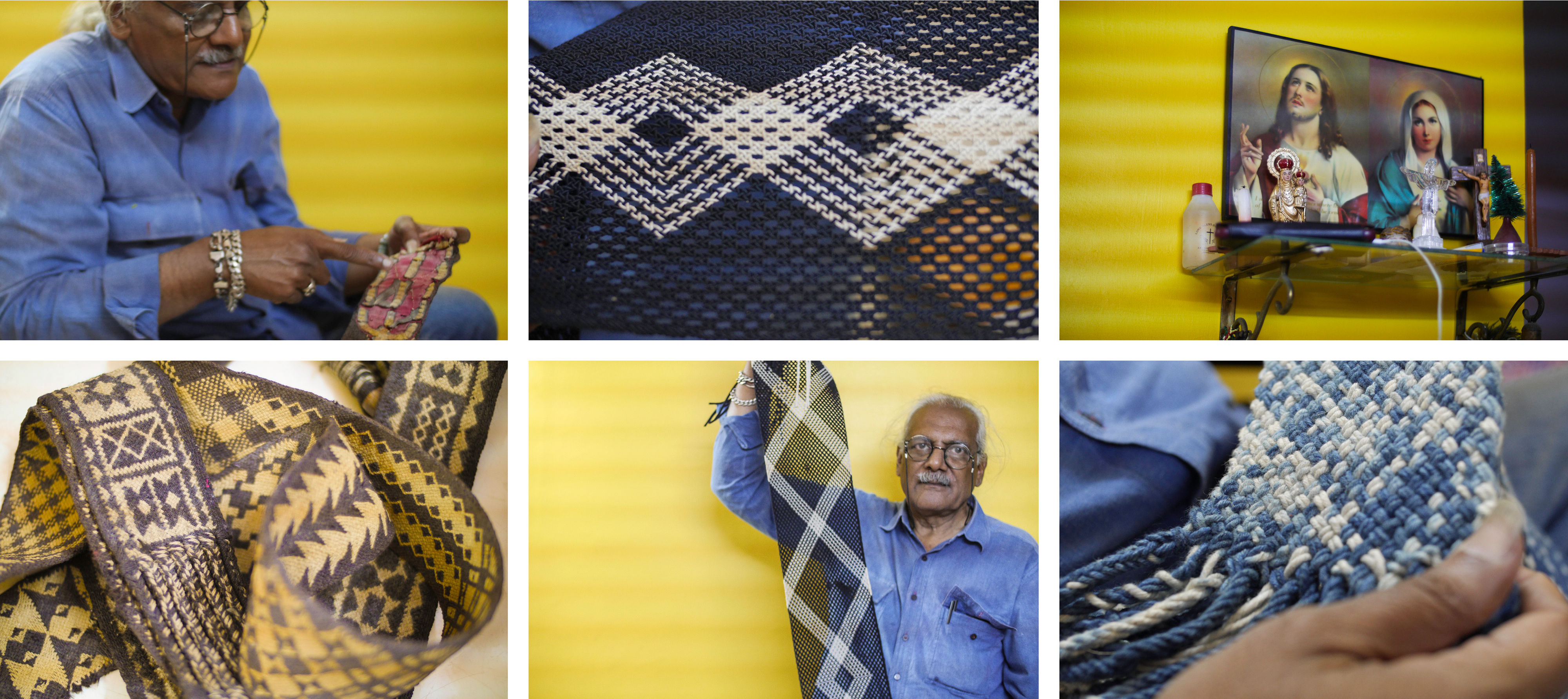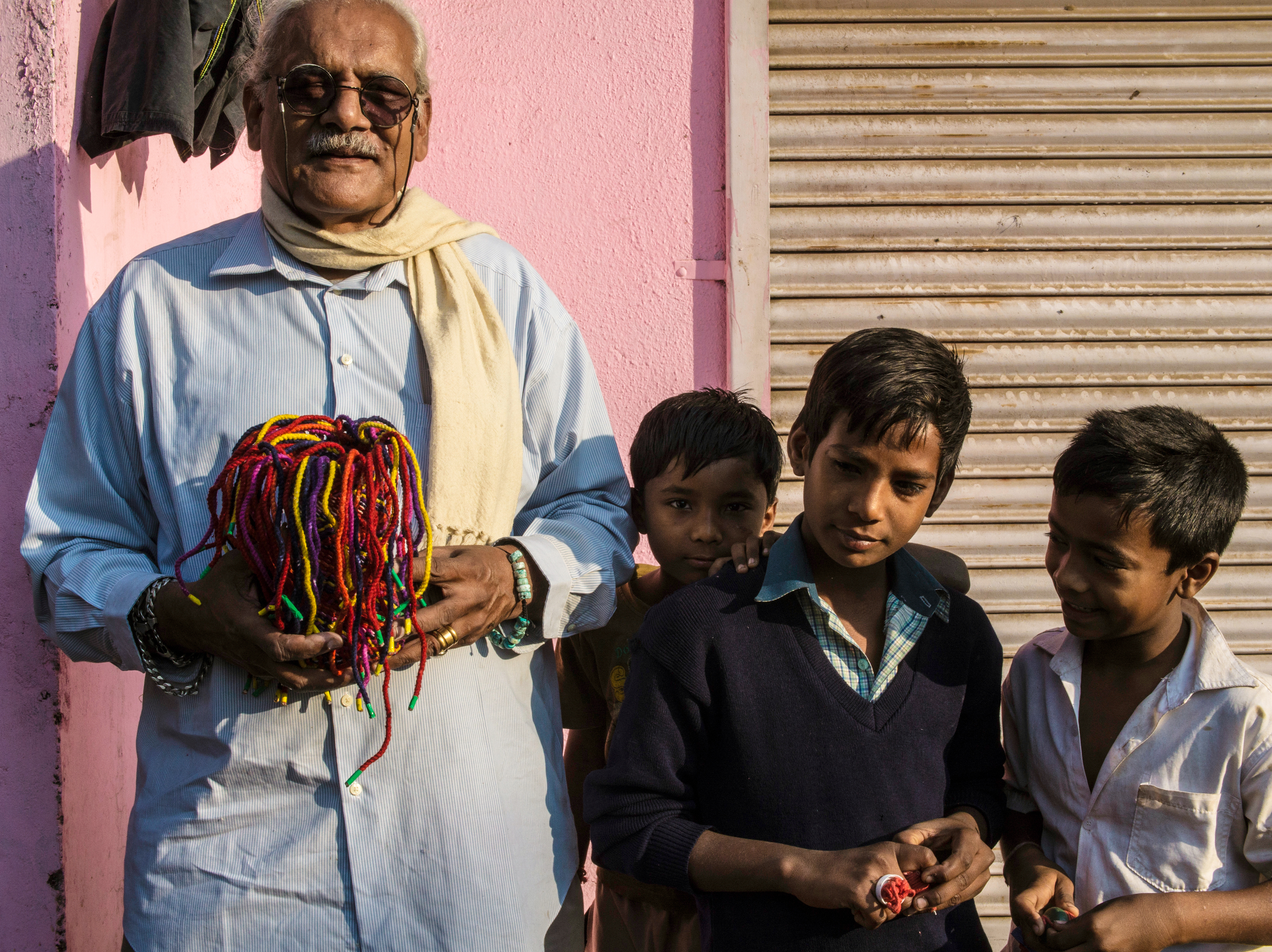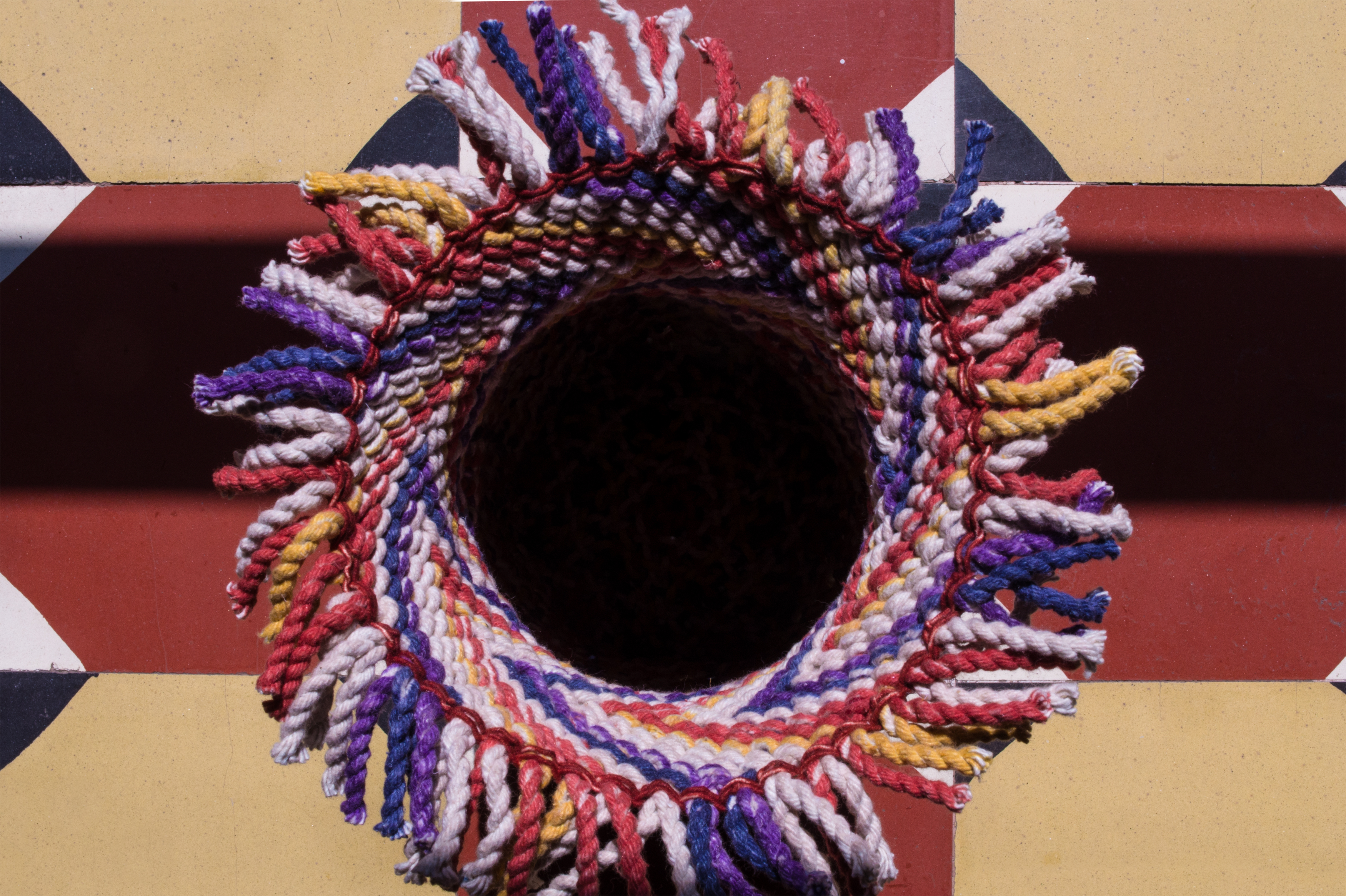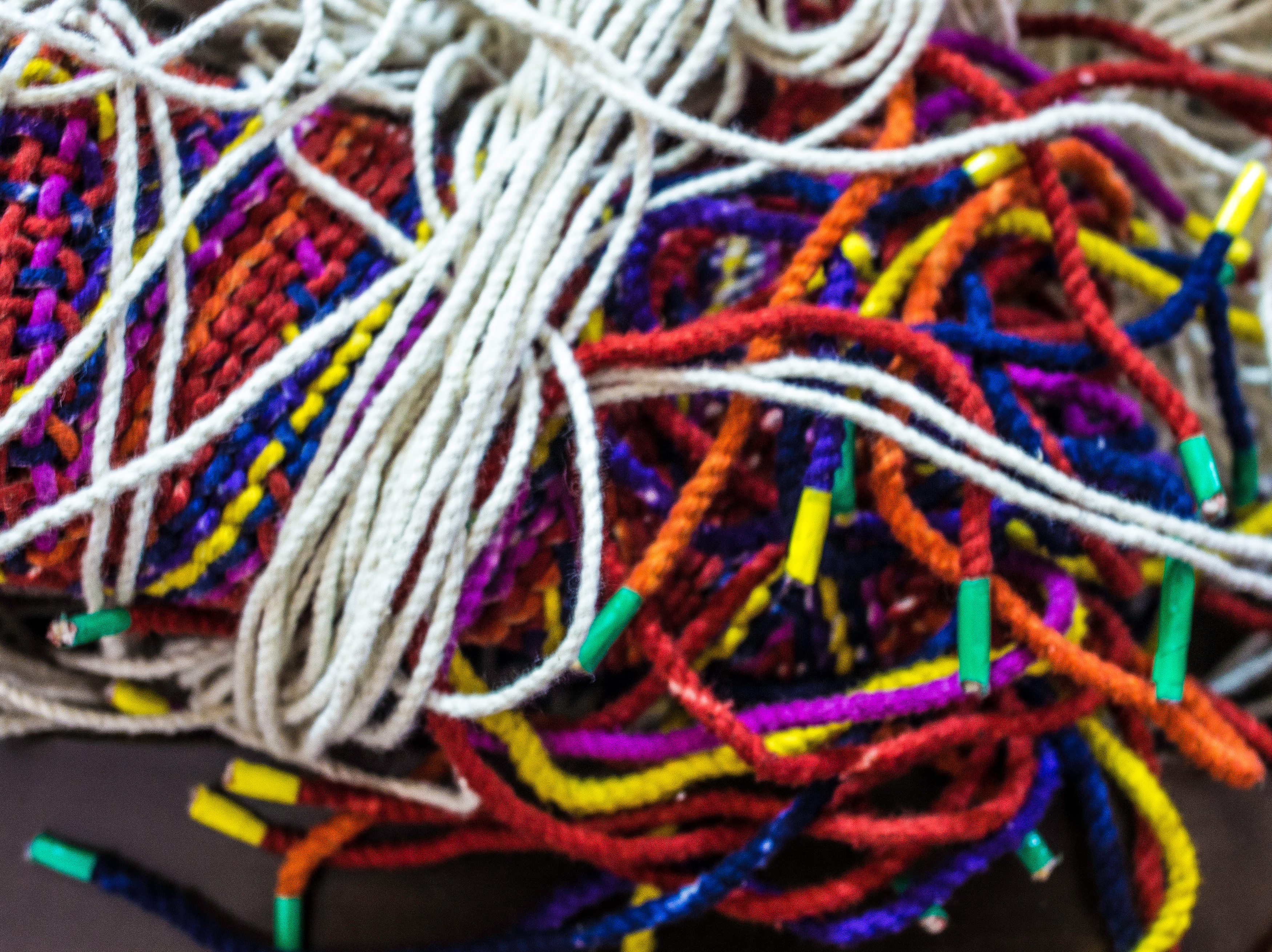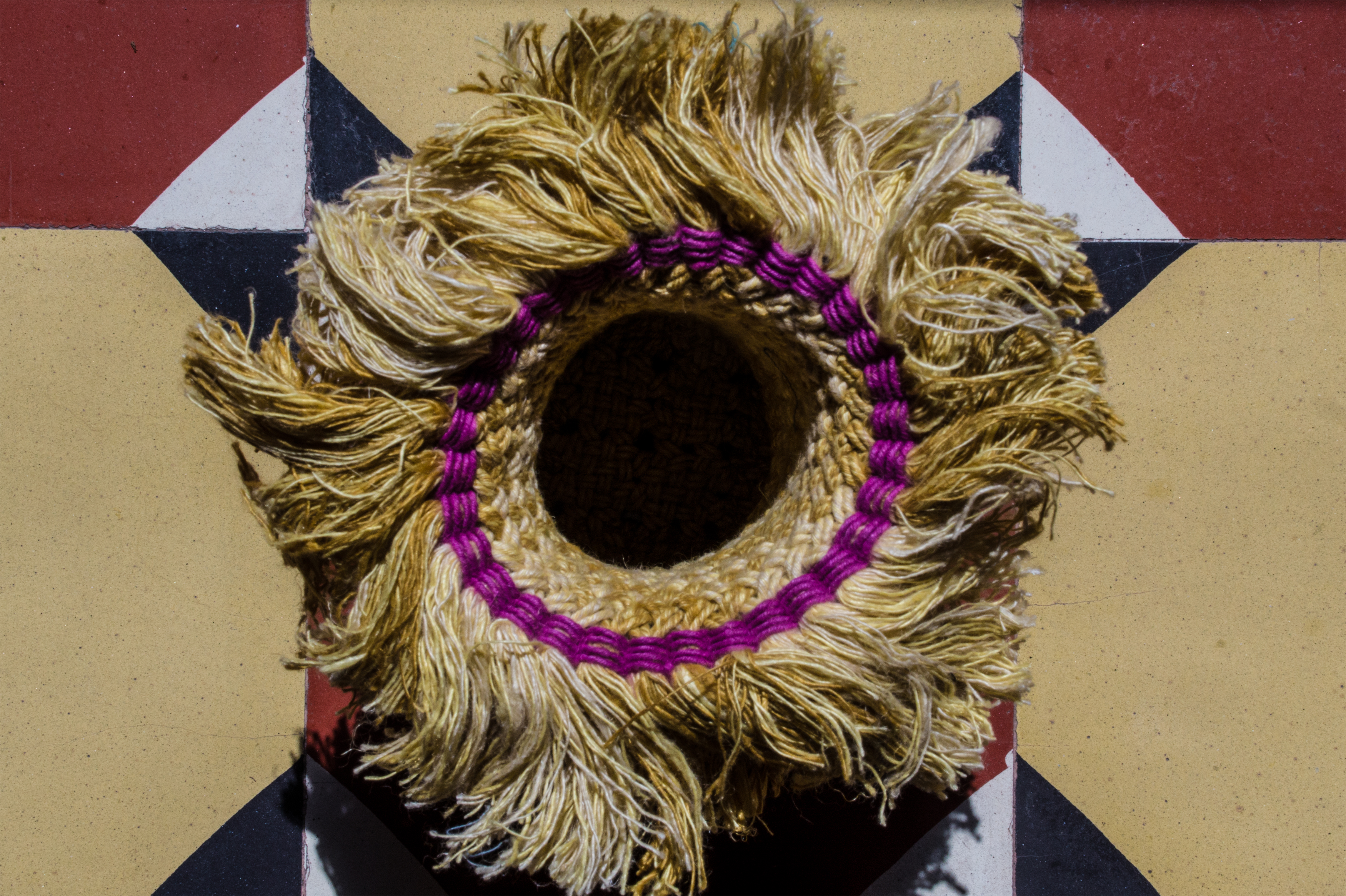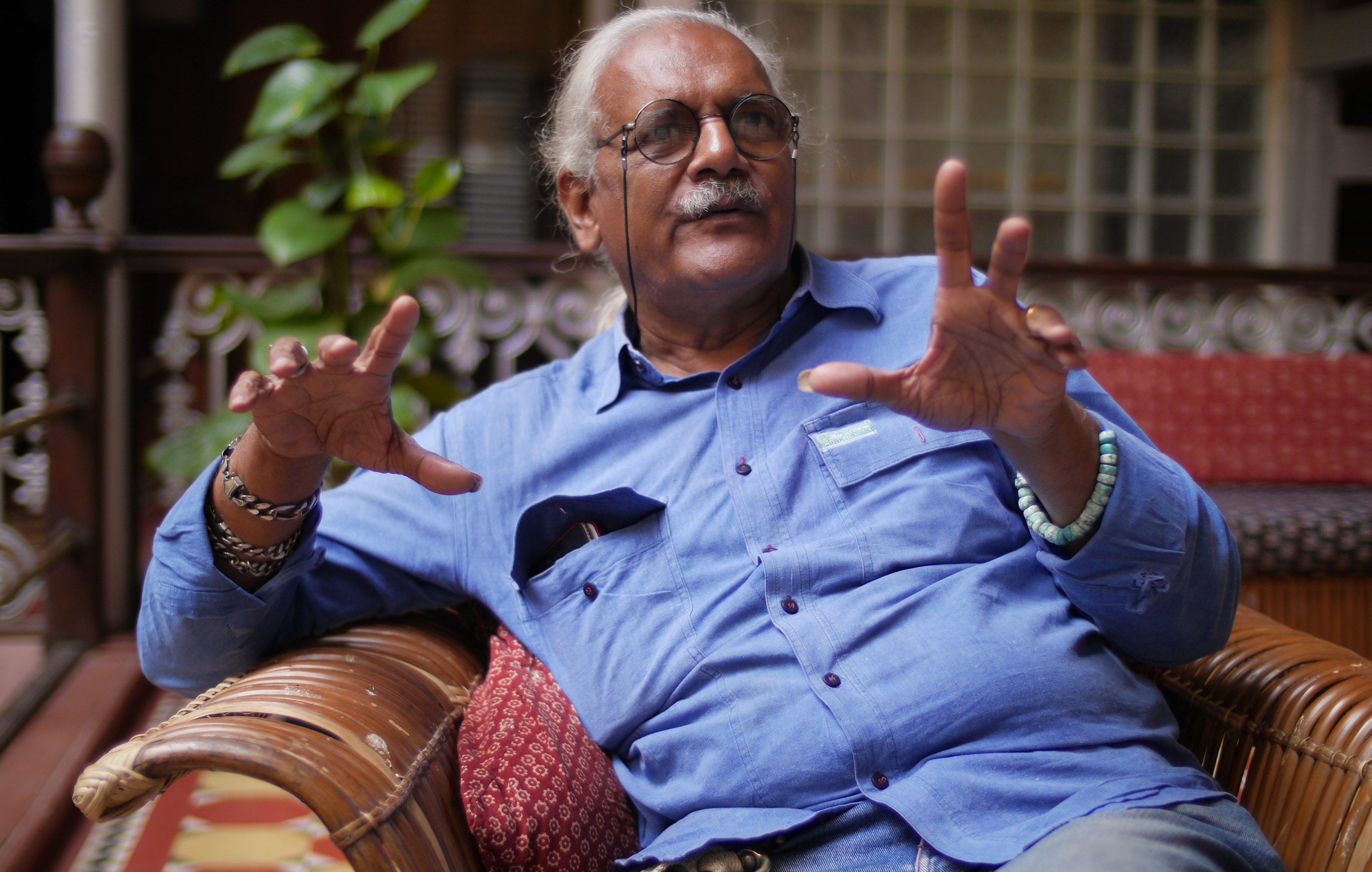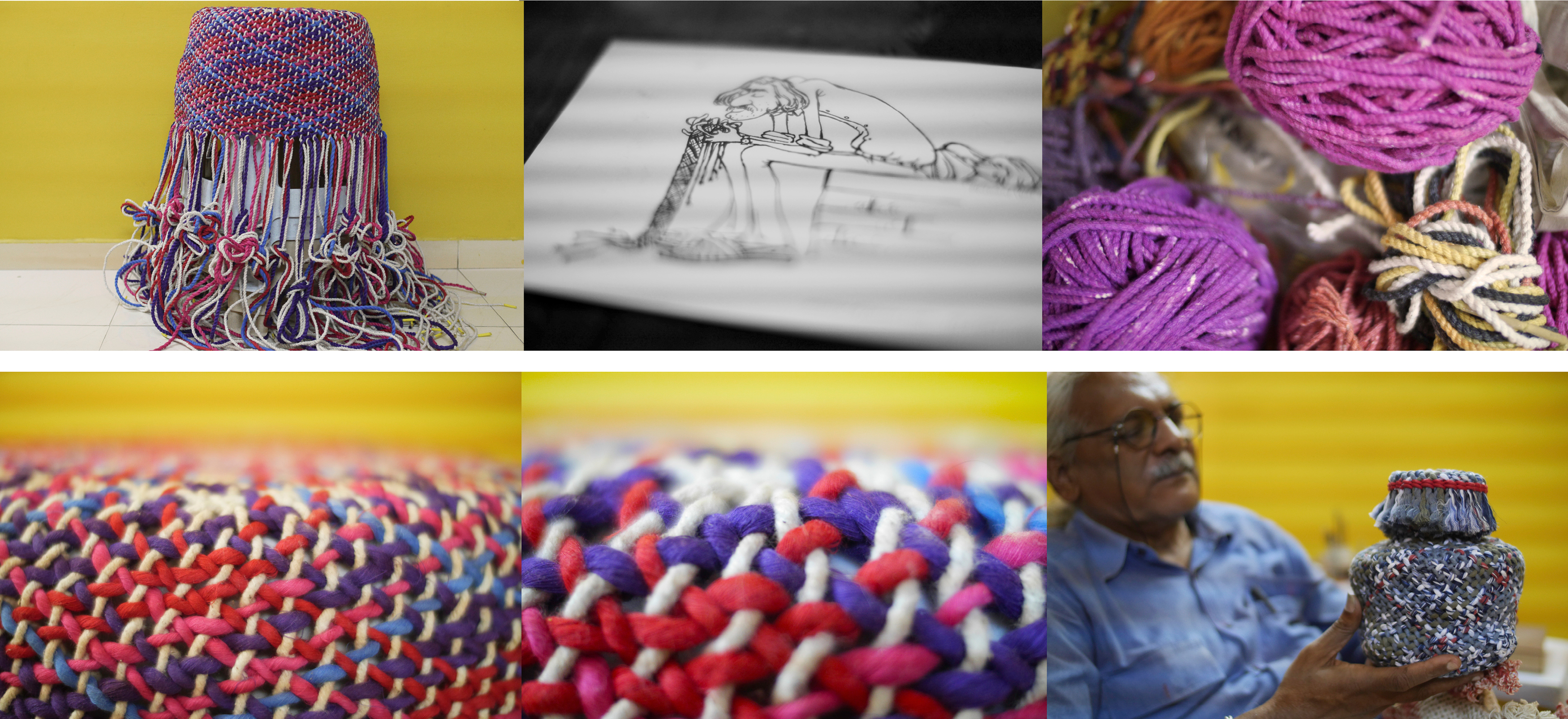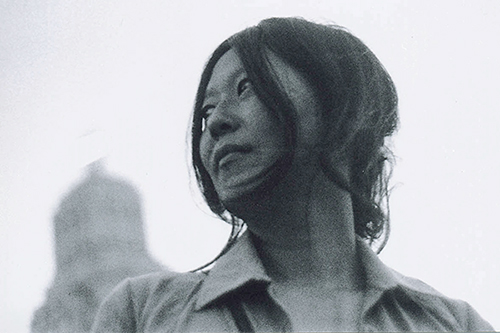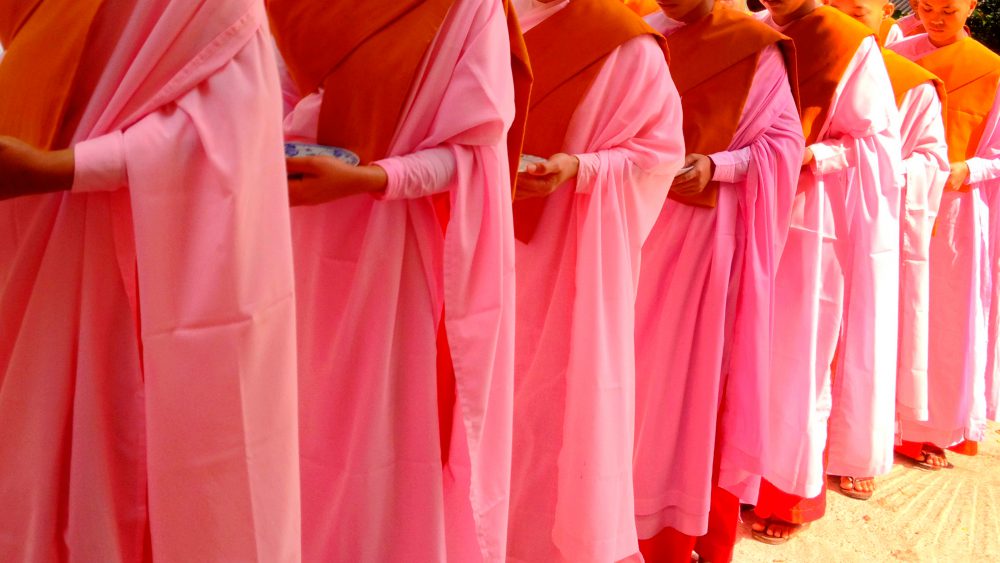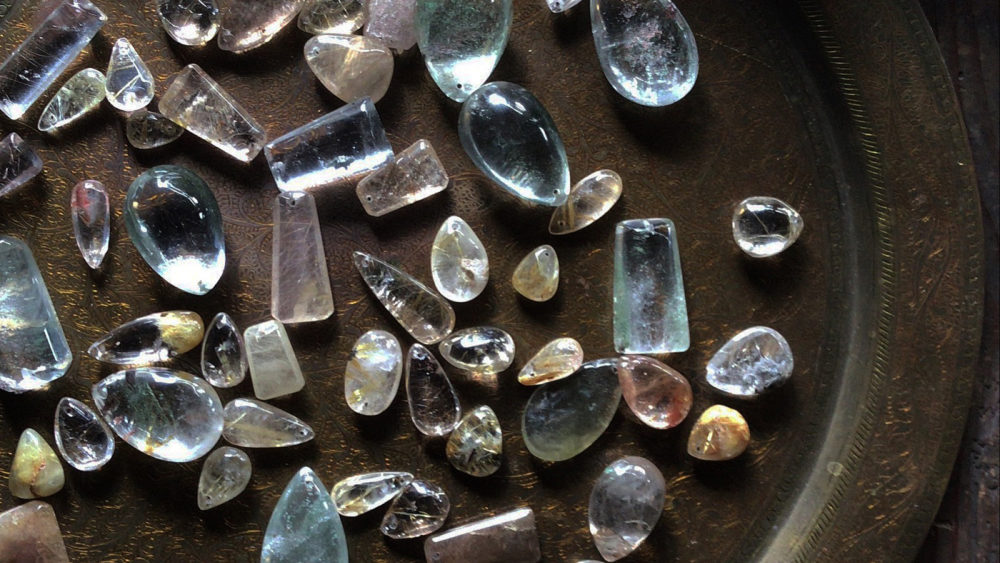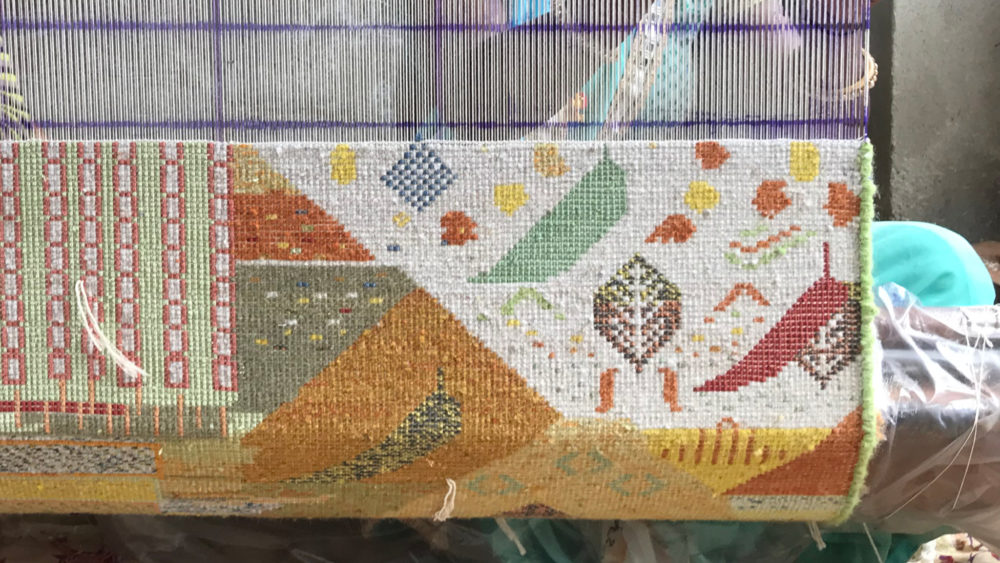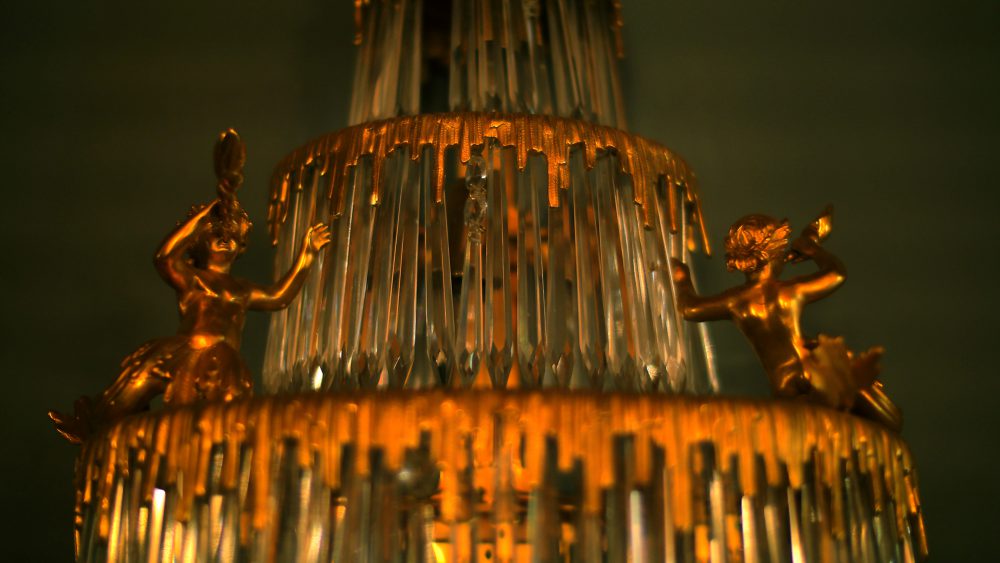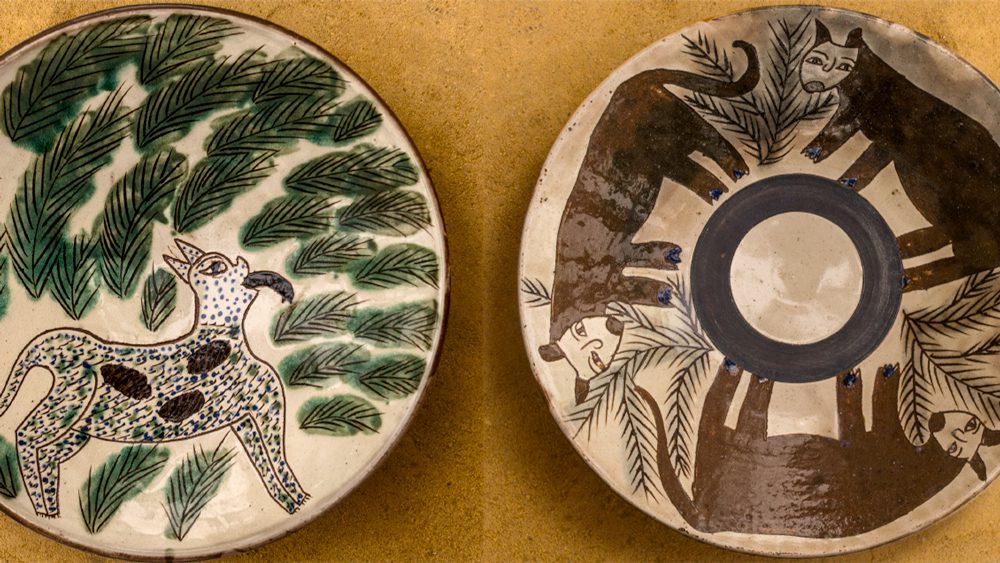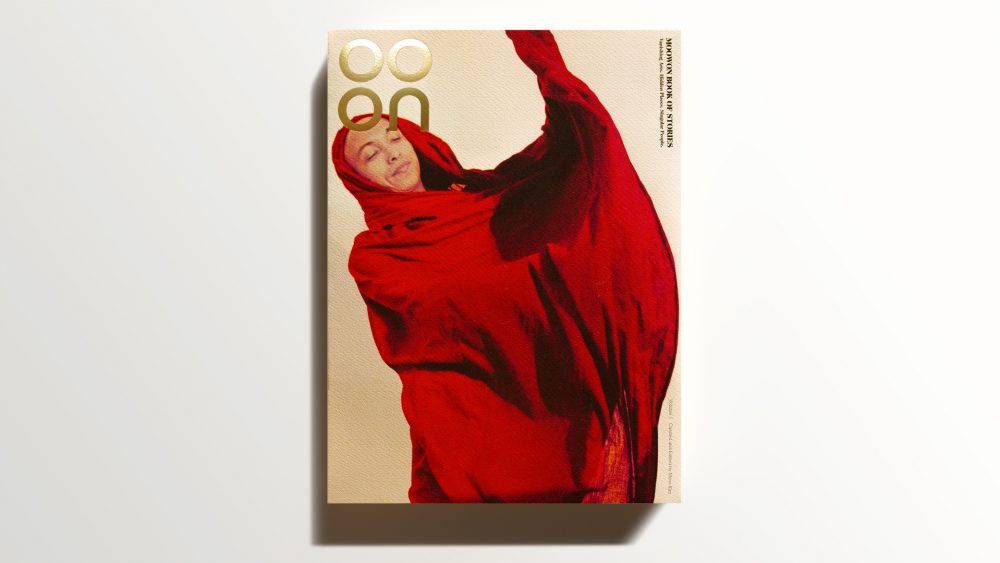In the ancient modernopolis of Ahmedabad, India, lives a singular man of towering guru-like presence, godly white ponytails, and two extraordinarily long thumbnails. Erroll Pires has devoted his life to ply-split braiding, a traditional technique utilized to make camel belts. He has refined, transmuted, and reinvented its usage for over 30 years in what some would call an obsessive dedication, purposefully refusing the boundary between art and object. His repertoire now extends from traditional camel belts to avant-garde three-dimensional objects and seamless dresses. His tools: his hands. His universe: the magnificent explosion of braided colors.
How had a man who once led the hectic and pressured life of a textile designer, so gracefully transform into an ancient soul embodying the simplicity of the desert and the generosity of a guardian angel? For those of us willfully enslaved to today's reality of 'too many' -- choices, devices, interests, tasks to accomplish--, this is a curious disposition that is both aspirational and enviable.
The confluence of events and people in life often instigate profound change and compels us in directions previously unimagined. For Erroll. the impetus came from the pre-eminent British artist and master weaver Peter Collingwood, his beloved mother, and his ply-split braiding master Shri Ishwar Singh Bhatti of the Jaisalmer desert. The camel belt, as a result, became his story and a force that has shaped his life philosophy. This is a story of what it means to become–and be–a craftsperson.
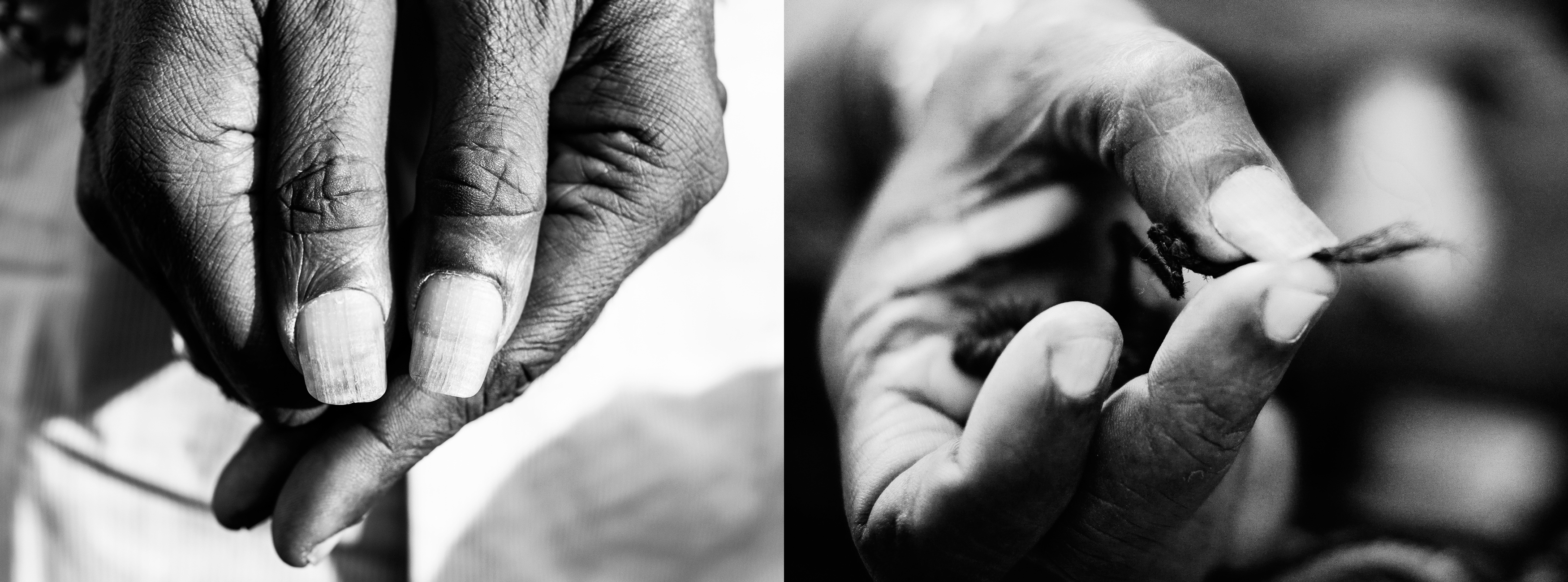
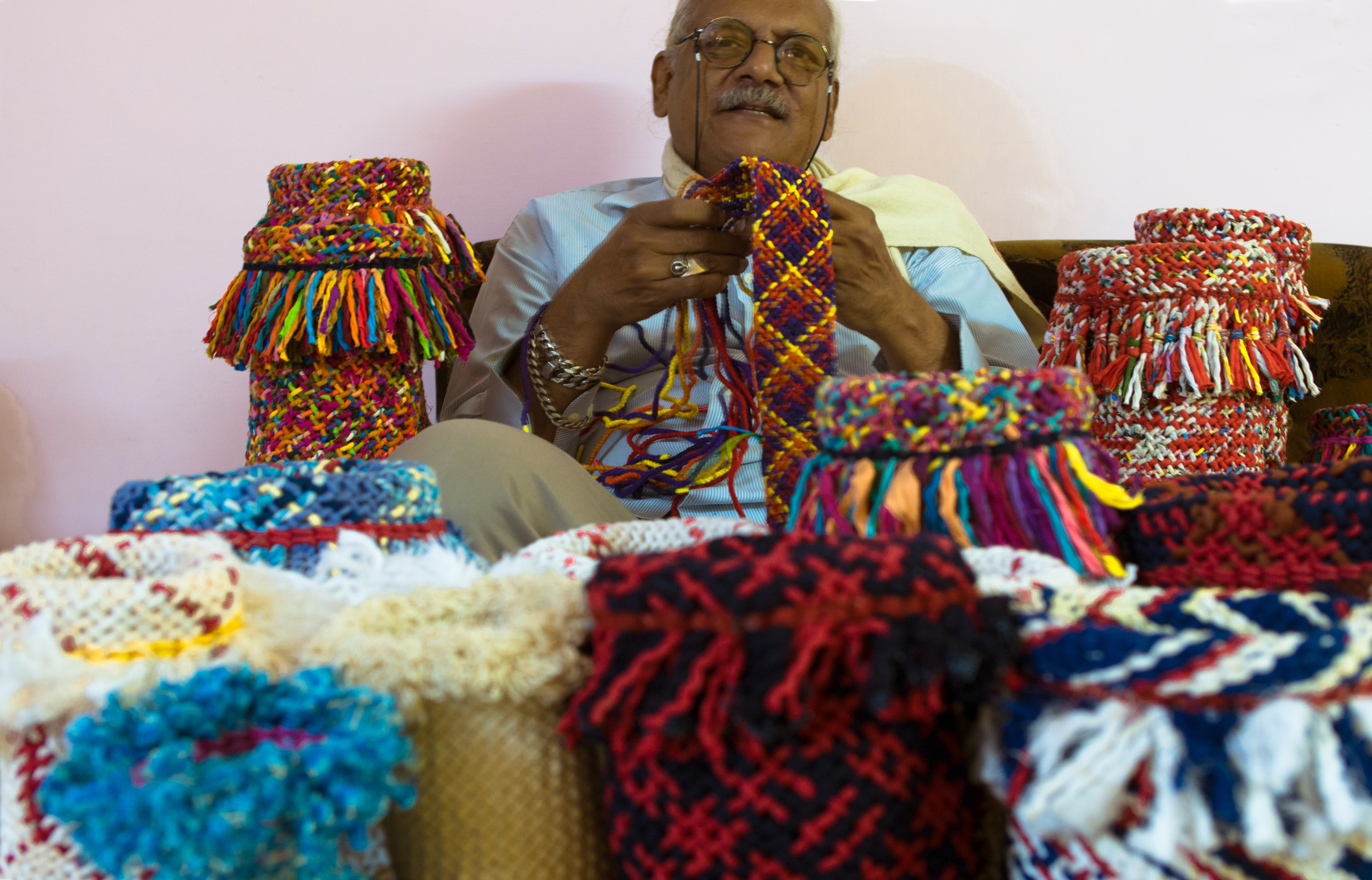
To enjoy the full story, become a Member.
Already a Member? Log in.
For $50/year,
+ Enjoy full-length members-only stories
+ Unlock all rare stories from the “Moowon Collection”
+ Support our cause in bringing meaningful purpose-driven stories
+ Contribute to those in need (part of your membership fee goes to charities)
